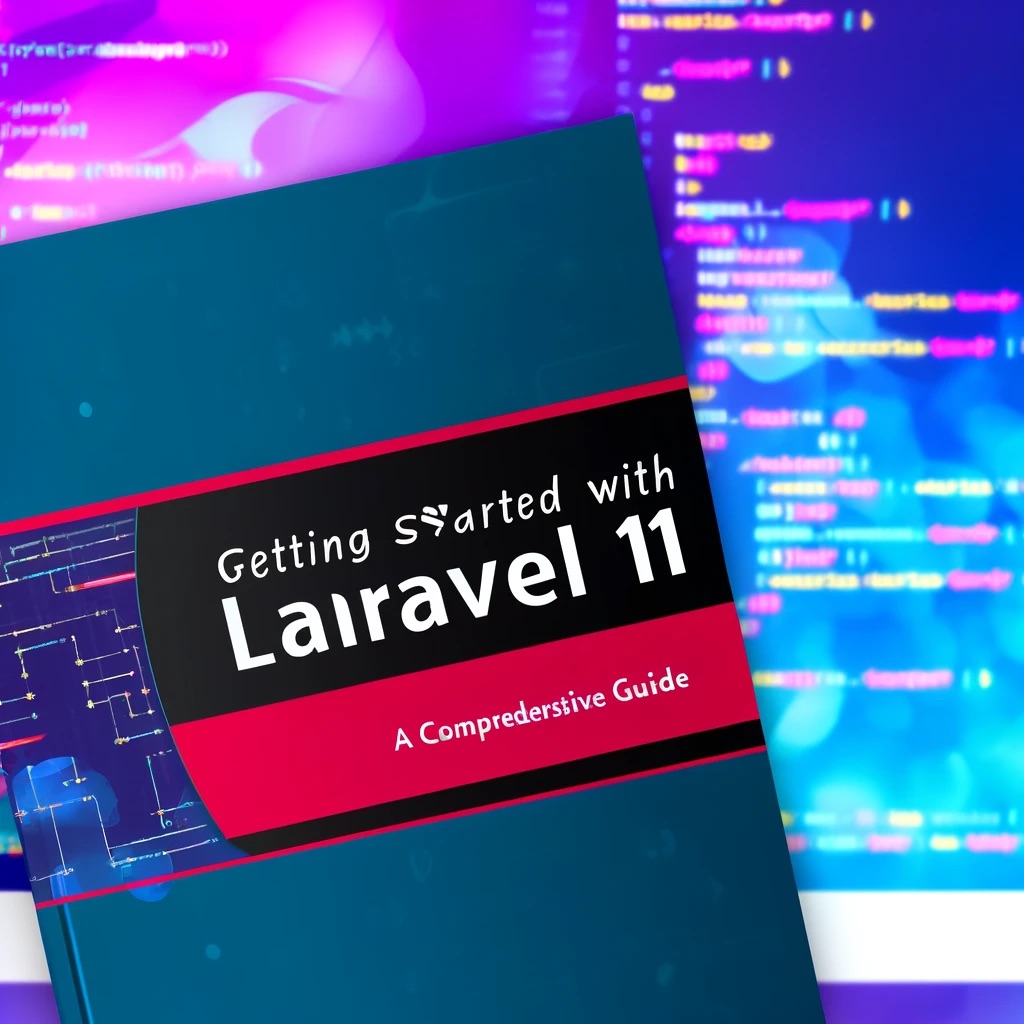Laravel 11, the latest iteration of the popular PHP framework, offers a host of new features and improvements that enhance both the performance and the developer experience. Whether you're new to Laravel or upgrading from a previous version, this guide will walk you through the basics of setting up a Laravel 11 project, exploring its key features, and getting your first application running.
1. System Requirements
Before you begin, ensure your development environment meets the following system requirements:
- PHP 8.1 or higher
- Composer 2.x
- Node.js and NPM (optional, for front-end scaffolding)
- A suitable database system (MySQL, PostgreSQL, SQLite, SQL Server)
2. Installing Laravel
To create a new Laravel 11 project, run the following command in your terminal:
composer create-project --prefer-dist laravel/laravel blog
Replace "blog" with the desired directory name for your new project. This command will download and install a fresh Laravel installation in the specified directory.
3. Serving Your Application
Once Laravel is installed, you can start the development server by navigating into your project directory and running:
php artisan serve
This will launch the server, making your application accessible at http://localhost:8000 by default.
4. Directory Structure
Understanding Laravel's directory structure is crucial. Here are the key directories:
app/: Contains the core code of your application.config/: Holds all configuration files.database/: Database migrations, model factories, and seeds.routes/: All the route definitions are stored here.resources/: Contains views and raw assets like LESS, SASS, or JavaScript.storage/: Compiled Blade templates, file-based sessions, file caches, and other files.
5. Configuration
Environment-specific configuration settings are stored in the .env file. This file is automatically created by copying the .env.example file during installation. Make sure to set the appropriate database connection settings and other environment variables here.
6. Routing
Laravel's routing mechanism is straightforward. Routes are defined in the files within the routes folder. Here’s an example of a basic route definition:
Route::get('/', function () {
return 'Hello, Laravel 11!';
});
7. Creating a Controller
To handle business logic, you can create controllers. Use the Artisan CLI to generate a new controller:
php artisan make:controller WelcomeController
Then, define a method and link it to a route:
class WelcomeController extends Controller
{
public function showWelcome()
{
return 'Welcome to Laravel 11!';
}
}
And in your routes file:
Route::get('/', 'WelcomeController@showWelcome');
8. Connecting to the Database
After configuring your database settings in .env, you can use Laravel's Eloquent ORM or the query builder to interact with your database. Here’s a simple Eloquent model example:
php artisan make:model Post
9. Migrations
Create and run migrations to define your database schema:
php artisan make:migration create_posts_table --create=posts
php artisan migrate
10. Views and Blade Templates
Views hold your application's HTML and use the Blade templating engine. Create a view in resources/views/welcome.blade.php and return it from your controller:
return view('welcome');
Conclusion
Laravel 11 is a powerful framework that continues to improve with each version, offering features that streamline development workflows and enhance performance. By following this guide, you can get a basic Laravel 11 application up and running and start exploring the extensive features Laravel has to offer. Dive into the official Laravel documentation for more detailed information and advanced topics. Happy coding!




